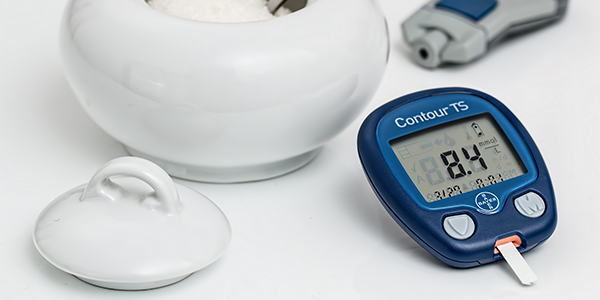What is SUPD and Why is it Important?
SUPD stands for Statin Use in Persons with Diabetes. The Centers for Medicare & Medicaid Services (CMS) feels that the data on statin use preventing cardiovascular complications of diabetes mellitus is SO strong, it designed an entire quality metric to encourage the use of statins and a separate metric to gauge compliance.
The metric states that any person with Type 2 DM should be prescribed a statin. And - the member must fill the script to complete the metric. It can be any dose of any statin and any frequency deemed appropriate by the clinician. Yes, 5 mg of rosuvastatin once weekly will suffice if the provider considers that clinically sufficient or if that is all the patient is willing to take/able to tolerate.
What matters? The patient needs to fill the prescription and continue to fill it throughout the year to avoid failing the second metric (Medication Adherence Metric for Statin Therapy).
What doesn’t matter? The patient’s baseline LDL is immaterial to whether they need to take a statin. Why? Statins both lower LDL cholesterol and function as anti-inflammatories to the vascular system. This anti-inflammatory effect appears to be crucial to the prevention of acute cardiac events. This benefit appears to lower events regardless of baseline LDL! For further information see “Significance of LDL-C Lowering Therapy in Diabetic Patients,” Clinical Lipidology. 2011;6(4):389-399.
Are there exceptions to the rule? Yes. If a patient is documented to have end-stage renal disease (I12.0), be enrolled in hospice (found through submission of hospice billing claims by a licensed hospice provider), or have severe myositis (M60.9) or rhabdomyolysis (M62.82) to statins, they can be excluded from the metric. The appropriate ICD 10 code for this condition has to be submitted on a billing claim each calendar year for the exclusion to count. Pregnancy and end-stage liver disease (K74.60.) are also acceptable codes for exclusion. (Note that having statins listed as an allergy on the medication list or using the ICD-10 code for statin intolerance does not count.)
What is the nocebo effect? A nocebo effect occurs when a patient takes a medication they’re so convinced will have a negative effect that they in fact do experience said effect. (Circulation: Cardiovascular Quality and Outcomes. 2021;14:e007480 originally published 9 Nov 2020.) This phenomenon frequently happens to statin users.
Which statins are tolerated better than others? Rosuvastatin, pravastatin, and Fluvastatin have lower rates of muscle side effects than do simvastatin, atorvastatin, and lovastatin, due to differences in their metabolism. Also, for patients who regularly consume a lot of grapefruit juice, rosuvastatin, pravastatin, and Fluvastatin are better choices.
Remind your patients that for 50 percent of individuals who develop heart disease, the first sign is sudden cardiac death. Having diabetes mellitus alone puts them in a higher risk category for this problem.
I often encourage reluctant primary prevention patients to start with the low, intermittent dosing options for statins, with 5-10 mg of rosuvastatin once or twice weekly. Once you’ve negotiated your patient’s preferred dose and prescribing frequency, write for the appropriate number of pills for a 90-day supply. For once a week dosing, that would be 13 tablets, and 26 for twice-weekly dosing. Once the patient gets comfortable with the medication and sees a lack of side effects, you can encourage them to think about increasing the dose or frequency if needed.
Dr. Beth Hodges is a family practice and palliative care/hospice physician in Asheboro, N.C., as well as a part-time medical director for HealthTeam Advantage.

